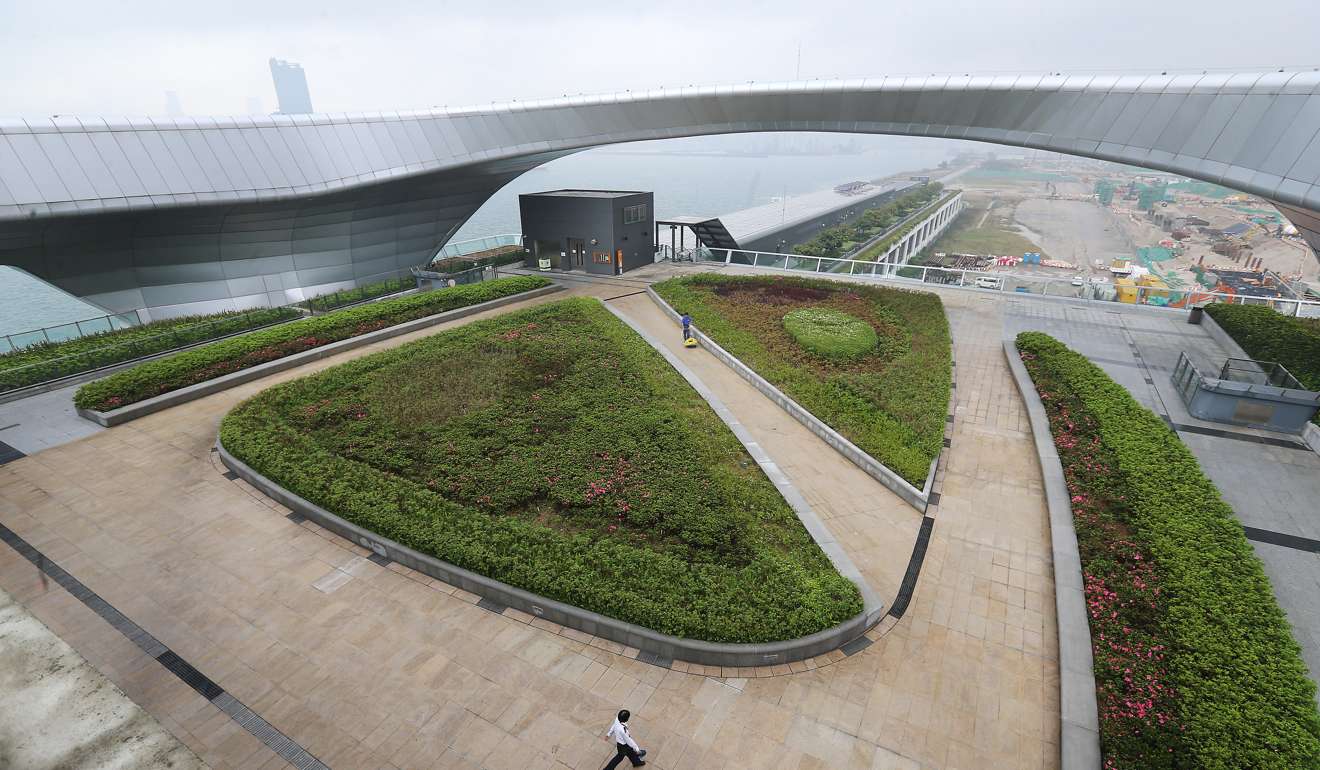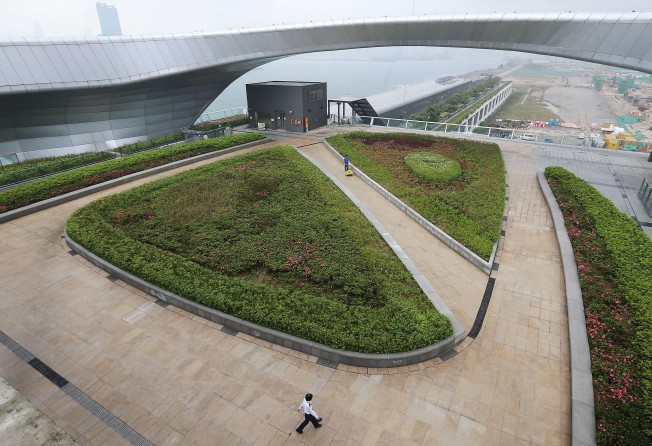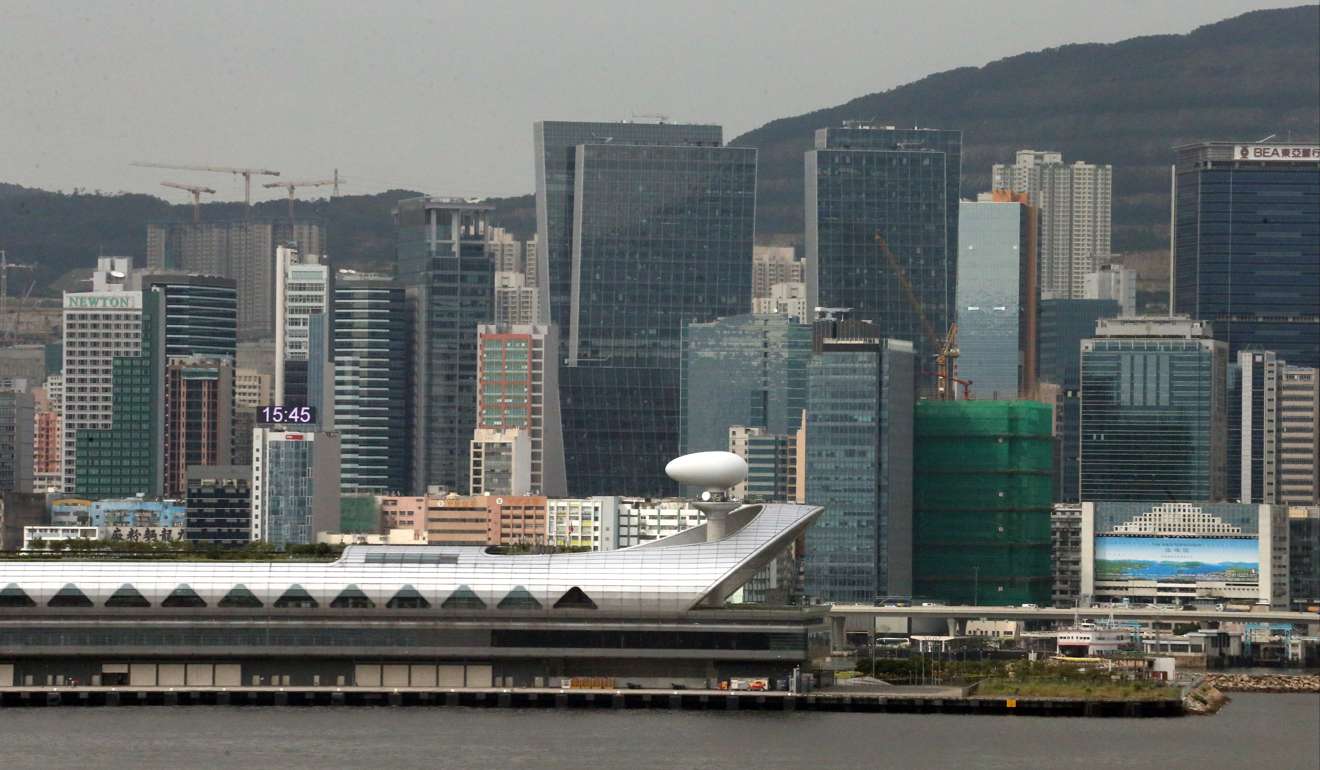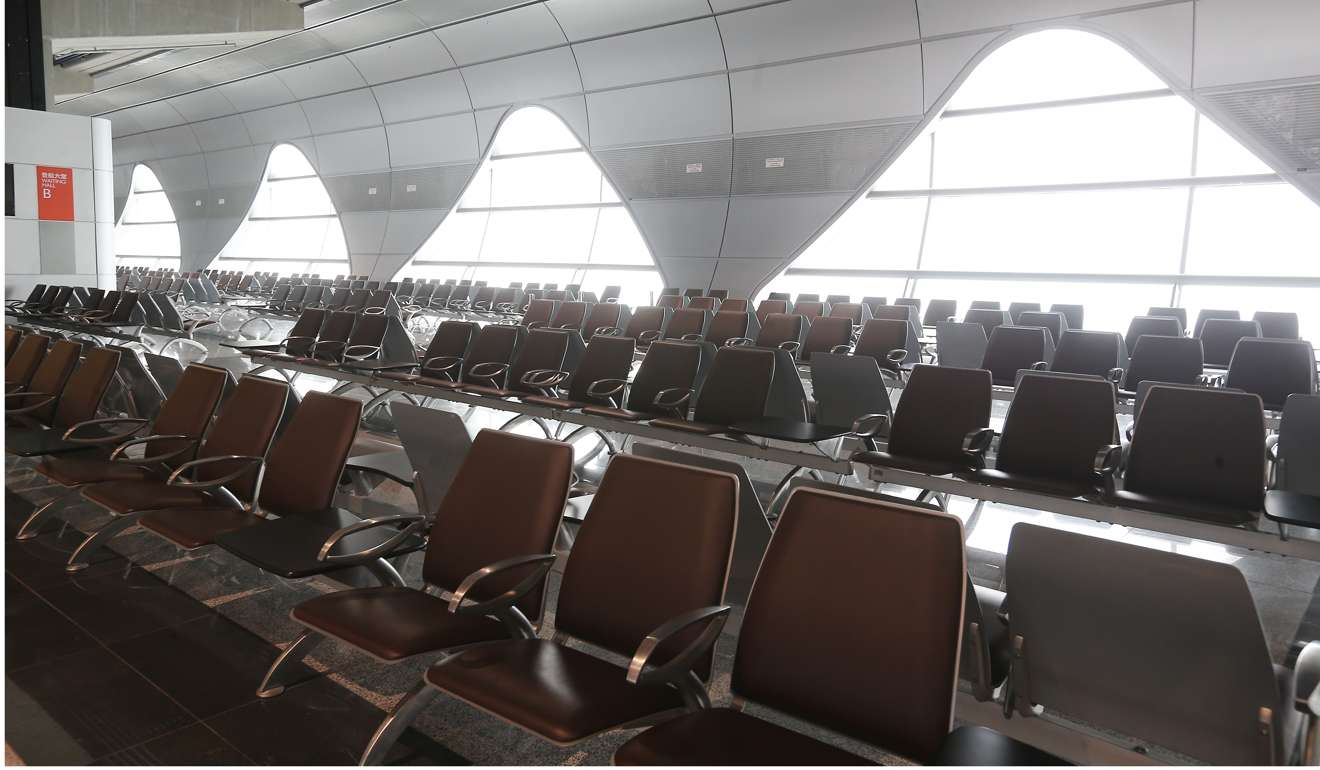
Few ship calls, low passenger spending: Hong Kong cruise terminal needs to boost usage, auditor says
It also says terminal requires easier transport connections and better maintenance of its facilities

Is Hong Kong’s much-hyped cruise terminal a white elephant of an underused facility that resembles a ghost town more than the bustling hub for luxury tourism it was billed as?
That was the kind of picture painted by the city’s official auditor on Wednesday as it revealed that few ships were anchoring at the HK$6.6 billion Kai Tak Cruise Terminal and passengers were hardly spending money there.
The terminal’s two berths were both occupied for only five days during its peak season of six months in 2015, and for two weeks last year. Less than half of the terminal’s commercial areas were open for business, the auditor noted, nearly four years after it began receiving luxury ships with the promise of developing into a regional cruise hub.

The audit report released called for easier transport connections to the terminal, greater efforts to boost usage and better maintenance of its facilities.
Built on the site of the former Kai Tak Airport runway, the cruise terminal has been criticised because of its waste of retail space and inconvenient location since its inauguration in June 2013.

The berth utilisation rate stood at 38.3 per cent during the peak seasons – January to March and October to December. The figure was 18.1 per cent in 2014 and 22.5 per cent in 2015.
“As soon as Kai Tak Cruise Terminal has gathered sufficient operational experience, [it should] conduct a mid-term assessment on the progress made by the cruise industry in achieving the expected economic benefits,” the auditor urged.

The city actually received about 677,000 cruise passengers last year, 25 per cent higher than estimated under the low growth scenario, a spokeswoman said.
The commission expects the peak season utilisation rate to improve to 49 per cent this year – similar to the current levels reached by Singapore’s Marina Bay Cruise Centre at 45 per cent.
Cruise ship passengers have not been living up to their reputation as big spenders either.
The average spending per passenger using Hong Kong as their turnaround port decreased by 37 per cent from HK$4,699 in 2013 to HK$2,950 in 2015, which the commission attributed to an overall spending decline among international cruise tourists.
Other facilities at the terminal were also showing wear and tear, the auditor found.
Tourism lawmaker Yiu Si-wing warned the city was losing out to competition from mainland ports. “Some cruise companies told me Kai Tak charges about 20 to 30 per cent more than Nansha (Guangzhou),” he said, although he noted the number of ship calls had risen since last year.